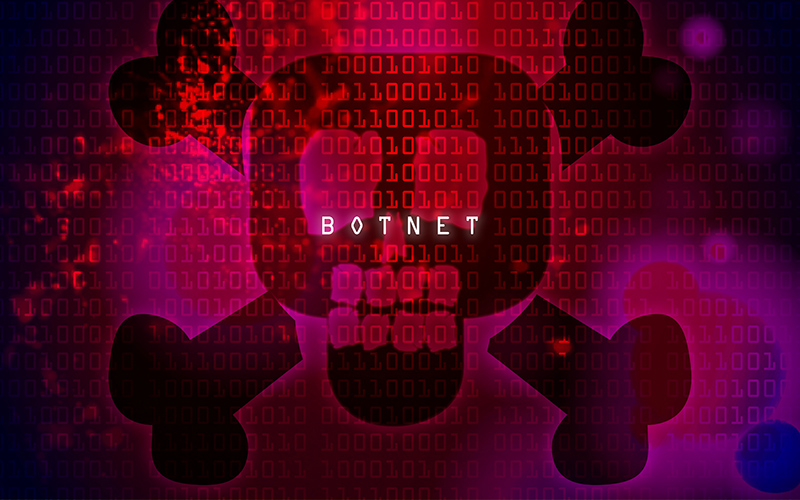US disables hacking network targeting critical infrastructure
The US launched an operation to fight a pervasive Chinese hacking operation that successfully compromised thousands of internet-connected devices, according to two Western security officials and one person familiar with the matter.
The Justice Department (DoJ) and Federal Bureau of Investigation (FBI) sought and received legal authorization to remotely disable aspects of the Chinese hacking campaign, the sources told Reuters.
The Biden administration has increasingly focused on hacking, not only for fear that nation states may try to disrupt the US election in November, but because ransomware wreaked havoc on Corporate America in 2023.
The hacking group at the center of recent activity, Volt Typhoon, has especially alarmed intelligence officials who say it is part of a larger effort to compromise Western critical infrastructure, including naval ports, internet service providers and utilities.
While the Volt Typhoon campaign initially came to light in May 2023, the hackers expanded the scope of their operations late last year and changed some of their techniques, according to three people familiar with the matter.
The widespread nature of the hacks led to a series of meetings between the White House and private technology industry, including several telecommunications and cloud computing companies, where the US government asked for assistance in tracking the activity.
Such breaches could enable China, national security experts said, to remotely disrupt important facilities in the Indo-Pacific region that in some form support or service US military operations. Sources said US officials are concerned the hackers were working to hurt US readiness in case of a Chinese invasion of Taiwan.
China, which claims democratically governed Taiwan as its own territory, has increased its military activities near the island in recent years in response to what Beijing calls “collusion” between Taiwan and the United States.
The Justice Department and FBI declined to comment. The Chinese embassy in Washington did not immediately respond to a request for comment.
When Western nations first warned about Volt Typhoon in May, Chinese foreign ministry spokesperson Mao Ning said the hacking…



